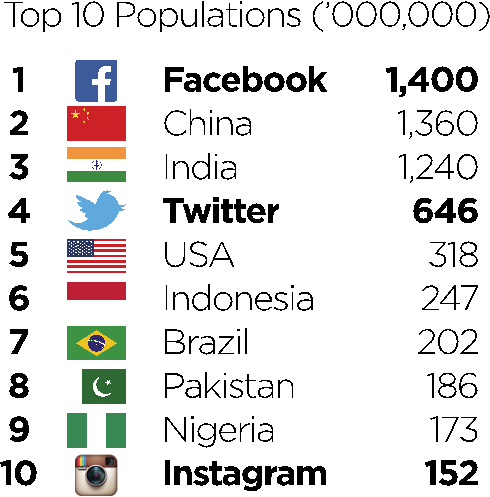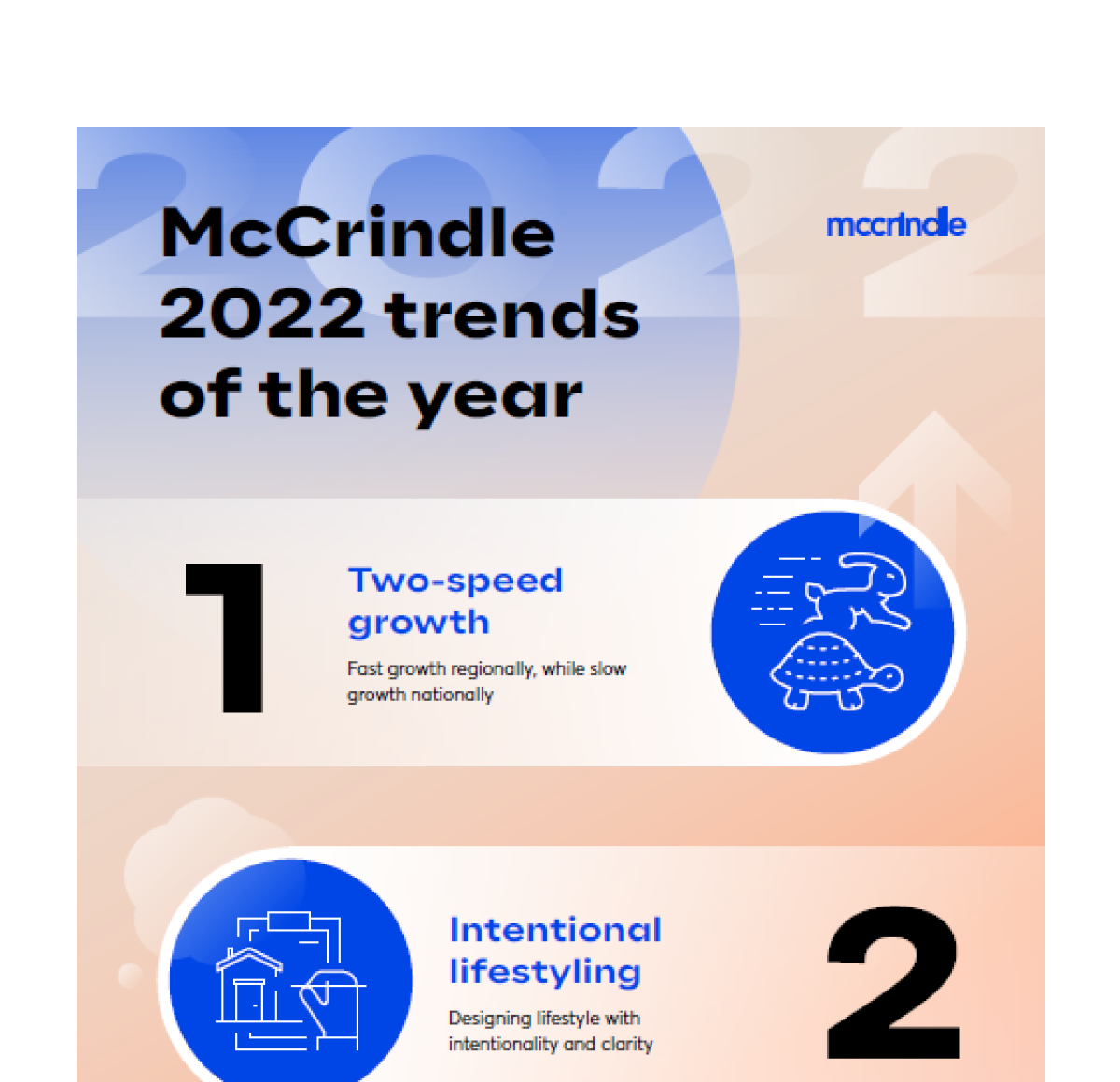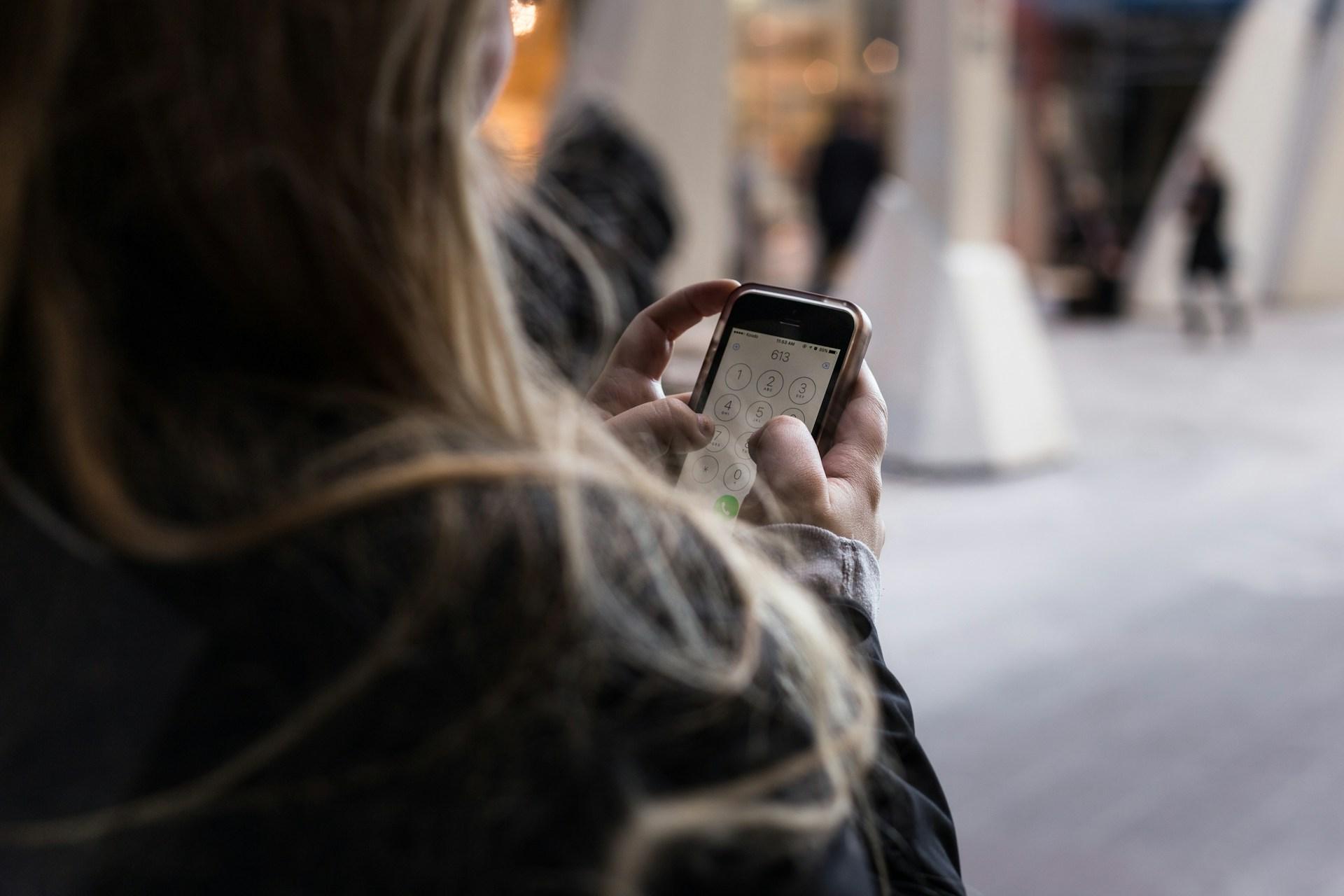Social media and narcissism

 It seems there is more armchair diagnosing of narcissism and calling people “narcissists” than ever before and social media is often the trigger of it and takes the blame. Narcissistic Personality Disorder is defined by the symptoms of behaviours of grandiosity and lack of self-awareness, an abnormal need for admiration, and often a lack of empathy toward others. While even a cursory look at one’s social media feed will show posts which seem to promote (and perhaps exaggerate) achievements and certainly the visual aspects of social media are preoccupied with appearance, beauty, status and success. While celebrity news and popular culture has for some time been permeated with these characteristics, this last decade has offered celebrity in the suburbs where everyone on YouTube can “broadcast yourself”, personal websites and blogs are de jure, and to exist without social media is seemingly to not exist at all.
It seems there is more armchair diagnosing of narcissism and calling people “narcissists” than ever before and social media is often the trigger of it and takes the blame. Narcissistic Personality Disorder is defined by the symptoms of behaviours of grandiosity and lack of self-awareness, an abnormal need for admiration, and often a lack of empathy toward others. While even a cursory look at one’s social media feed will show posts which seem to promote (and perhaps exaggerate) achievements and certainly the visual aspects of social media are preoccupied with appearance, beauty, status and success. While celebrity news and popular culture has for some time been permeated with these characteristics, this last decade has offered celebrity in the suburbs where everyone on YouTube can “broadcast yourself”, personal websites and blogs are de jure, and to exist without social media is seemingly to not exist at all.
 Almost two and a half millennia ago Socrates wrote that “to do is to be” while now it seems that “to tweet is to be”. Such is the popularity of such communication platforms, if social media sites were countries, Facebook would be the world’s largest country with more active accounts than there are people in China. Twitter would rank 4th with twice the “population” of the USA and Instagram would round out the Top 10. While the speed of adoption of these communication platforms has been unprecedented- all of this occurring in less than a decade, the reasons for the take-up are varied. Certainly much social media activity is push-communication, with users wanting to publicise their latest activities and status, for many social media use is a genuine attempt to connect, to engage and to listen. However our latest research shows this latter group comprises just 1 in 5 social media users: the contributors who participate via social media as in any community- to share and participate, speak and listen, connect and contribute. Such are these times that the larger proportion of social media users- almost 4 in 5 are consumers, who largely use social media as an update channel to see what others are up to, and when posting something themselves, it is more broadcast and generic than personal and connective.
Almost two and a half millennia ago Socrates wrote that “to do is to be” while now it seems that “to tweet is to be”. Such is the popularity of such communication platforms, if social media sites were countries, Facebook would be the world’s largest country with more active accounts than there are people in China. Twitter would rank 4th with twice the “population” of the USA and Instagram would round out the Top 10. While the speed of adoption of these communication platforms has been unprecedented- all of this occurring in less than a decade, the reasons for the take-up are varied. Certainly much social media activity is push-communication, with users wanting to publicise their latest activities and status, for many social media use is a genuine attempt to connect, to engage and to listen. However our latest research shows this latter group comprises just 1 in 5 social media users: the contributors who participate via social media as in any community- to share and participate, speak and listen, connect and contribute. Such are these times that the larger proportion of social media users- almost 4 in 5 are consumers, who largely use social media as an update channel to see what others are up to, and when posting something themselves, it is more broadcast and generic than personal and connective.
Most behavioural experts agree that narcissism is a condition not of biology but society- it is the social context not the genetic factors that are causal. In a world of always-connected, app-ready, mobile device saturated living, where every phone is a camera and we are ever just a few clicks away from posting our next contribution it is clear that social media has created an environment conducive to the growth of narcissism. However the apparent rise of narcissism may be more a factor of social media highlighting its existence and narcissistic-type behaviours rather than of itself creating more narcissism. Indeed some of the negative press social media receives is unwarranted. Selfies are given as the ultimate sign of narcissistic times, and combined with today’s must-have item- the selfie stick, an indicator of self-obsession. However most selfies are more “groupies” – not photos of oneself by oneself, but of a group and sent to other friends. Many (though not all) selfies are more about sharing a life journey rather than an unashamed exercise in self-promotion. So too the “status update”, the Instagram account and the personal blog: while such musing and sharing in our grandparents era was kept to a personal journal or limited to a family photo album, the current approach is definitely more public but most of it is a long way from fitting the pure definition of narcissistic grandiosity and an overwhelming need for admiration. In fact the Australian characteristics of keeping things “fair dinkum” and “not blowing your own trumpet” are still part of the local approach. The tall poppy syndrome remains a powerful social norm to ensure that no one gets “too big for his boots” or is “putting on airs”. The Australian values of community mindedness and looking out for each other ensure that empathy remains strong and narcissism is kept at bay- even this great screen age.
Find Out More




